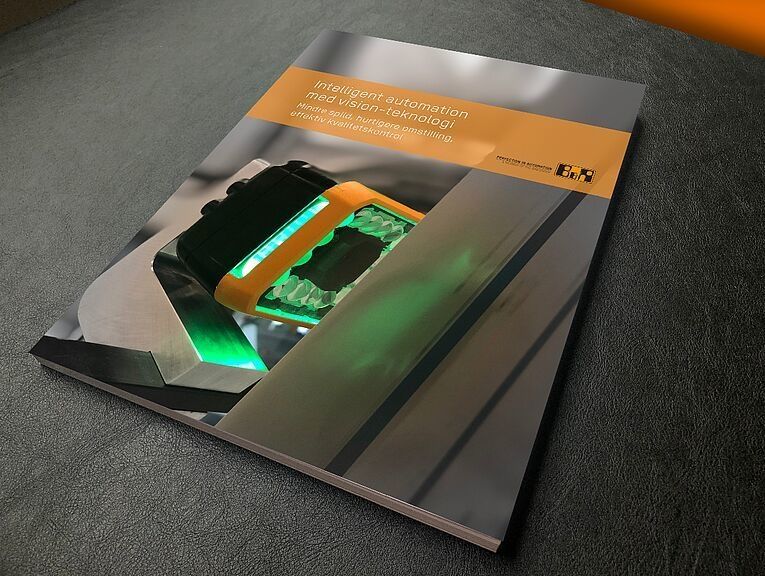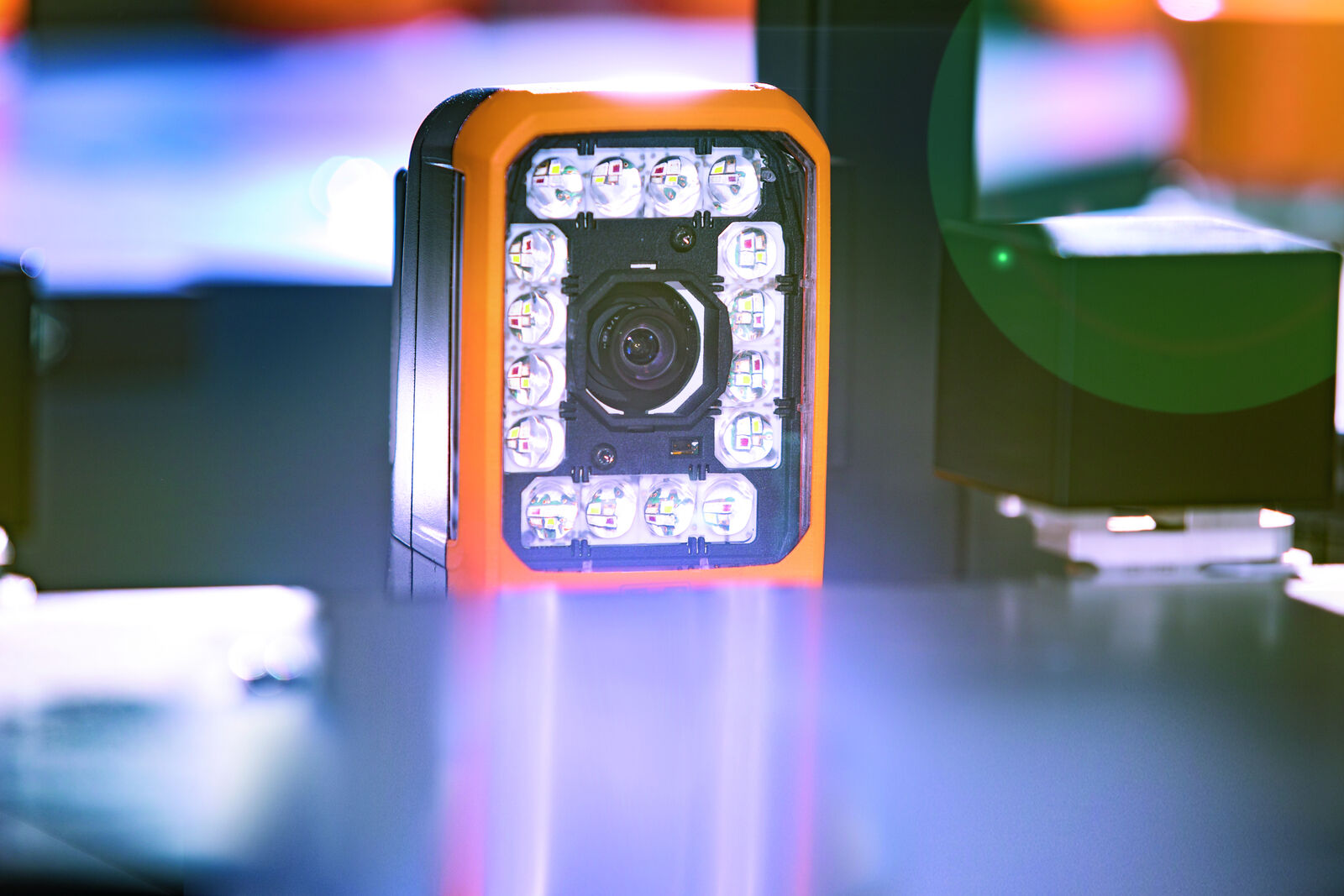Waldl: It starts with engineering. It's much easier and less error-prone when the development team works in a common tool, such as Automation Studio, instead of two or more different tools.
In addition, the integration facilitates plug and play functionality. Out of the box, our vision sensors are not yet equipped with any functions, such as recognition of patterns or barcodes. When the vision sensor is connected to the machine, it automatically receives all the required functions and parameters from the control system. And if the operator needs to replace the camera or the lighting, reconfiguration is also done via plug and play. B&R cameras and lighting are factory calibrated. Reproducible results without adjustments to the exposure parameters on the machine are thus guaranteed.
Feurer: The bottom line is that you no longer need a vision expert for a standard application; you can configure applications using the intuitive mapp Vision interface.





